- Books Name
- Social Science Book
- Publication
- Cognizance Publication
- Course
- CBSE Class 7
- Subject
- Social Science
Chapter 2
New Kings and kingdoms
The emergence of new dynasties
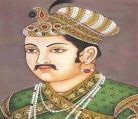
Many new dynasties emerged in different parts of the subcontinent between the 7th and 12th centuries.The 7th century there Big landlords or warrior chiefs in different regions of the subcontinent. Existing Kings often acknowledged them as their subordinates or samantas.As samanta gained power and wealth. They declared themselves to be maha-samanta, mahamandleshwar(the great lord of a “circle” or region)
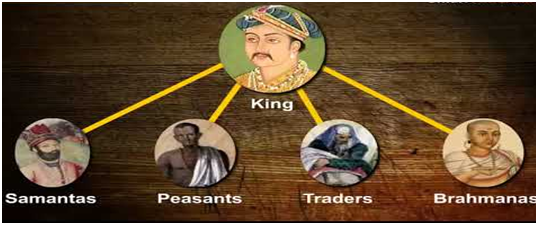
The Rashtrakutas
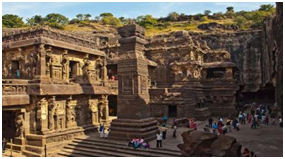
The Rashtrakutas in the Deccan were subordinates to the Chalukyas of Karnataka.In the mid 8th century, Dantidurga, Rashtrakuta chief overthrew chalukya overlord and performed the ritual called Hiranya Garbha.Literally the golden womb.When this ritual was performed with the help of Brahman, as it was thought to lead to the rebirth of the sacrifice or as a kshatriya, even if he was not one by birth.Gujarat Pratihara Harichandra and Kadamba Mayurasharmanwere Brahmanas successfully established kingdoms in Karnataka and Rajasthan respectively.Many of these new Kings have shared power with their Samantha's as well as with association of presents traders and Brahmanas.
Many of these new kings adopted high sounding titles such as Maharaja-adhiraaj(great King, overlord of Kings)tribhuvana-chakravartin and so on. Revenue in the form of land rent was collected from peasants cattle-keepers and artisans. In each of the states, resources were obtained from the producers.Who were often persuaded or compelled to surrender part of what they produced.These resources were used to finance the King's establishment as well As for construction of temples and forts.They were also used to fight wars which were intern expected to lead to the acquisition of wealth in the form of blunder and access tool and as well as trade routes.
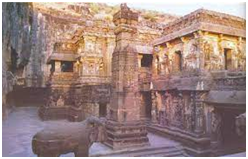
The Chalukyas
- The Chalukya dynasty was a Classical Indian dynasty that ruled large parts of southern and central India between the 6th and the 12th centuries. During this period, they ruled as three related yet individual dynasties.
- Badami Chalukyas: The earliest Chalukyas with their capital at Badami (Vatapi) in Karnataka. They ruled from mid-6th They declined after the death of their greatest king, Pulakesin II in 642 AD.
- Eastern Chalukyas: Emerged after the death of Pulakesin II in Eastern Deccan with capital at Vengi. They ruled till the 11th century.
- Western Chalukyas: Descendants of the Badami Chalukyas, they emerged in the late 10th century and ruled from Kalyani (modern-day Basavakanlyan).
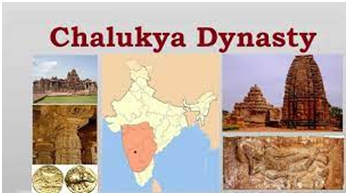
The Chalukya dynasty reached its peak during the reign of Pulakesin II.His grandfather Pulakesin I had created an empire around Vatapi.He also succeeded in getting a submission from the Chola, Chera and Pandya kings.He had also defeated King Harsha of Kannauj and the Pallava king Mahendravarman.
Administration in kingdom, Taxes and Land grants
Prashasti and land grants
Prashasti depicted the image that the king wish to project about themselves.They were composed by learnt Brahmans who are rewarded by grants of land.
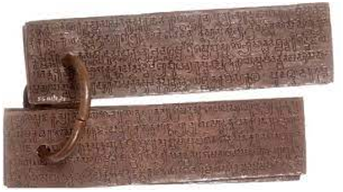
Unusual for the 12th century was a long Sanskrit poem containing the history of kings who ruled over Kashmir. It was composed by an author named Kalhana.Who was often critical about rulers and their policies, unlike other writers. He used a variety of sources, including inscriptions, documents, witness accounts and earlier histories to write his account.

 Cognizance Publication
Cognizance Publication
